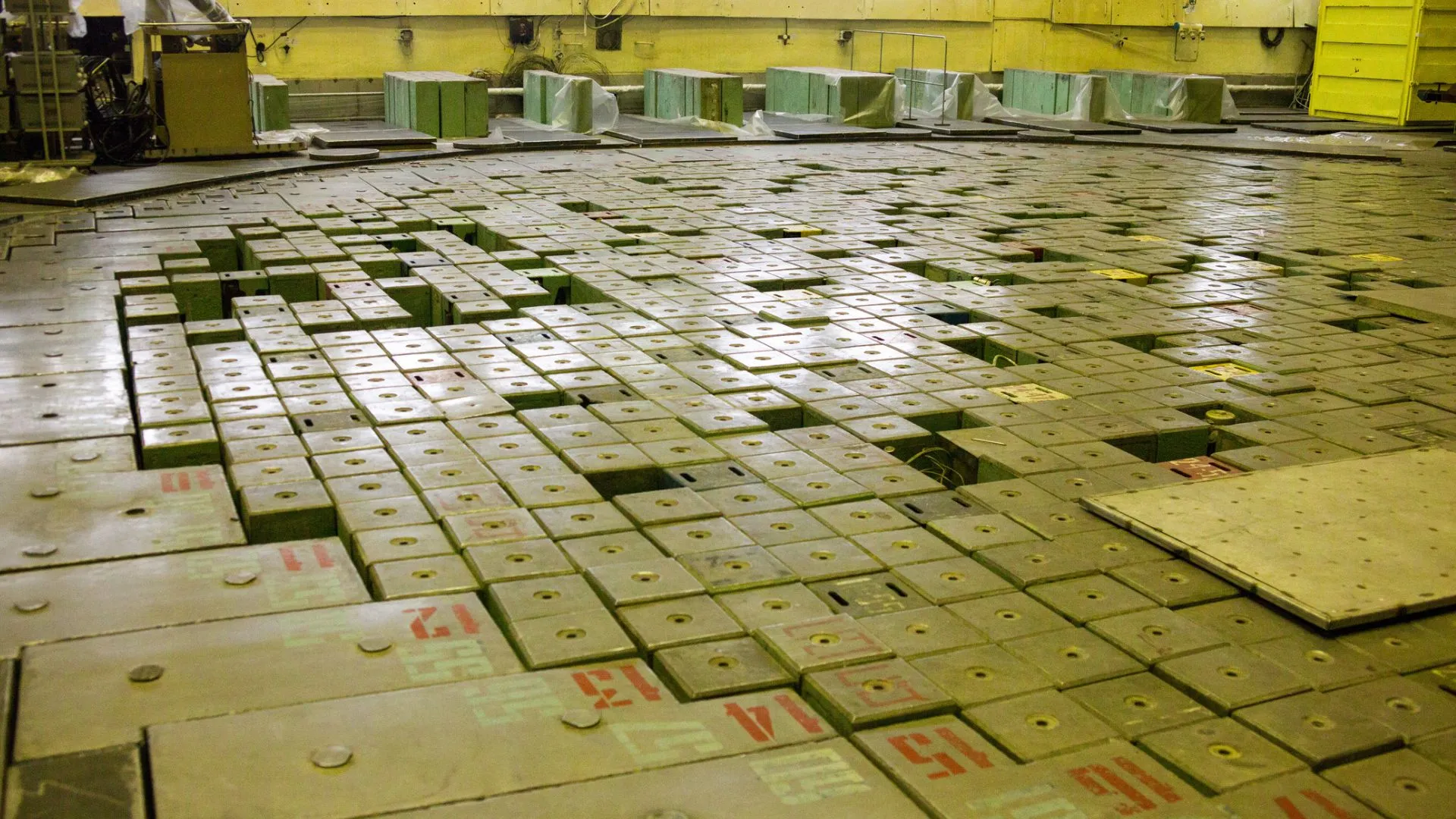
Researchers at Oak Ridge National Laboratory (ORNL) have definitively answered a long-standing question: the tiny, natural pores inside graphite blocks do not affect the material’s performance as a crucial component in nuclear reactors.
The finding, published in the journal Carbon, provides greater confidence for the design and safety of next-generation nuclear reactors.
“Graphite has played a pivotal role in nuclear reactor technology since the very first reactor (Chicago Pile-1 in 1942) used graphite blocks as a neutron moderator. Since then, many reactors worldwide have relied on graphite as a moderator or reflector,” said the researchers in a new study.
Its remarkable ability to withstand extreme temperatures and efficiently slow down neutrons—a process called moderation—makes it an ideal material for sustaining a controlled nuclear chain reaction.
“It is also crucial for next-generation systems like very high-temperature reactors (VHTRs) and molten salt reactors,” added the study.
A long-standing debate
However, the manufacturing process leaves graphite with a complex internal structure filled with microscopic cracks and voids, and for decades, scientists have debated how this porosity might impact its fundamental properties.
The ORNL study confirms that these imperfections do not disturb the atomic vibrations within the graphite, which are essential for its interaction with neutrons. This resolution strengthens the foundation for simulating reactor behavior and assures designers that graphite will perform its duties as expected.
“This work highlights the power of pairing cutting-edge modeling with world-class facilities like the Spallation Neutron Source and High Flux Isotope Reactor to resolve a complex and important question for nuclear energy,” remarked Kemal Ramić of ORNL.
Addressing the bias
At the heart of the issue was how to correctly model porosity in nuclear data libraries, which are essential for reactor simulations. Previous models treated porosity by simply removing atoms at random from a perfect graphite crystal structure.
The ORNL team’s work demonstrated that this approach was physically incorrect, as it created artificial distortions in the material’s simulated vibrational properties, or phonon spectra.
By combining precise inelastic and small-angle neutron scattering experiments with a novel machine-learned atomic potential, the researchers showed that the actual crystal structure around a pore remains orderly.
The increased neutron scattering observed in porous graphite is not due to distorted vibrations, but rather to neutrons scattering off the surfaces of the pores themselves—an effect known as Small-Angle Neutron Scattering (SANS).
The study found that the incorrect, older models led to a significant bias in criticality calculations, causing an artificial overestimation of the reactor’s effective neutron multiplication factor (keff).
“This work demonstrates conclusively that the inherent porosity of nuclear graphite has no significant effect on its fundamental neutron moderation behavior, despite long-standing assumptions to the contrary,” concluded the researchers in the study.
By replacing this flawed model with one that accurately accounts for SANS physics, the team demonstrated that porosity has a negligible effect on reactor physics or criticality safety. This corrected understanding is crucial for the safety and design assessments of current and future reactors that rely on graphite, including molten salt reactors and very high-temperature reactors.



